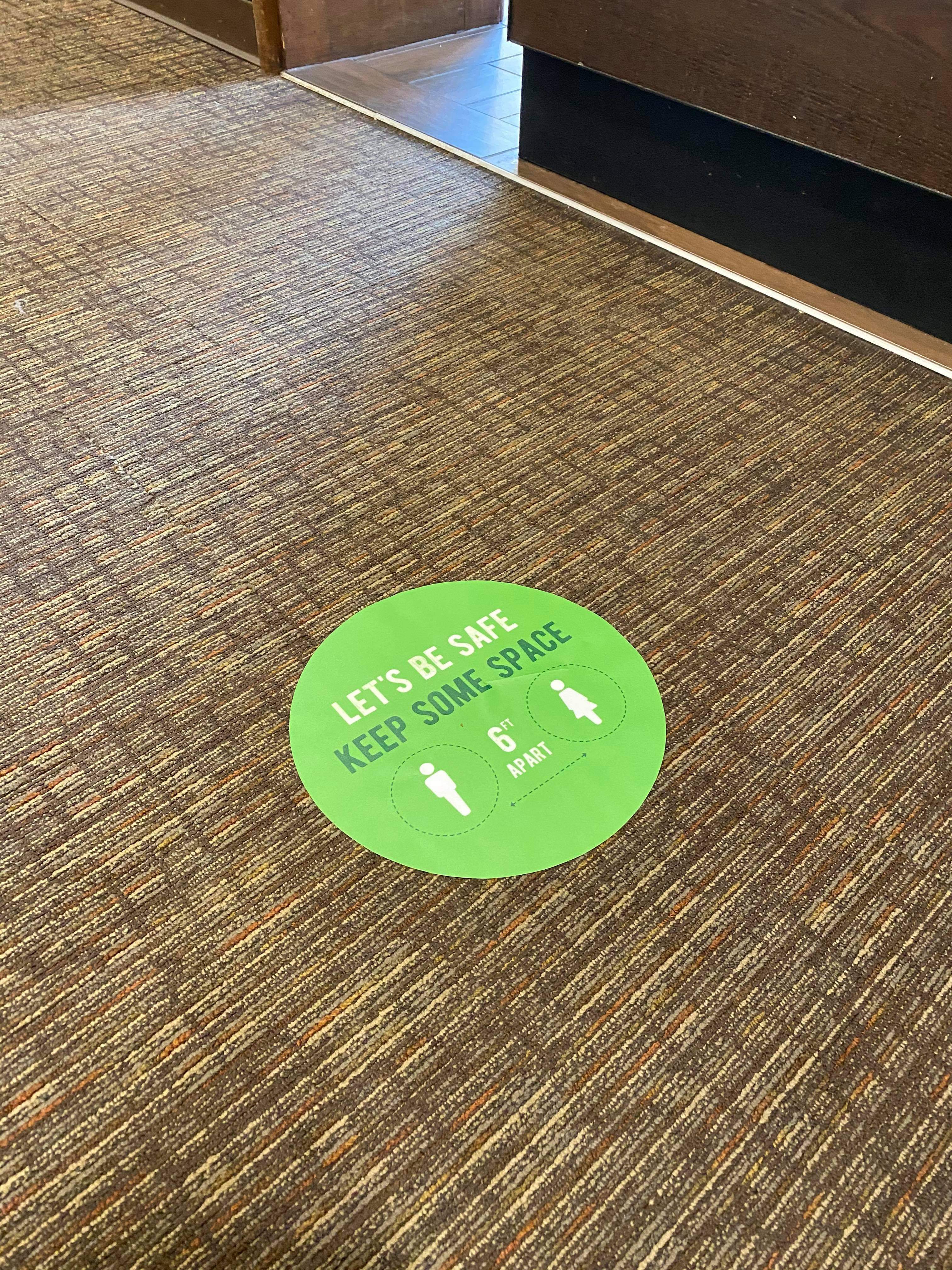By Lauren Runkle, Staff Writer
While the new dining techniques on campus allow for social distancing and less student-to-student contact or contact between a student and shared food, how sustainable are these techniques?
The question of sustainable dining was already a topic among campus with the large amount of one-use products in the Hawk’s Nest (as well as El’s, Clyde’s and Scholarly Grounds), the removal of plastic straws from campus, non-reusable cups from Starbucks and more.
While the emphasis on bringing your own reusable containers and cups was beginning to increase amongst students, this entire concept has completely regressed with the new fall semester and its safety measures.
The most upsetting part about this regression is Evert Dining Room’s transition from the traditional plates and silverware to styrofoam containers as well as plastic cups and utensils.
While limited contact amongst students is understandable, we still have our containers handled by Evert’s dining staff, who could pose a potential threat to students.
Thankfully, the sustainability club got involved to allow students to bring their own containers and hold them for the workers to fill with food. Unfortunately, some of the workers cannot lift the food high enough with the way the encasements are configured.
So what is the solution?
Instead of styrofoam, we could opt for 100% compostable clamshell take-out containers. Although a more expensive alternative, even using these for some days out of the week would save a lot of unwanted plastics from passing through Susquehanna and ending up in the landfills.
Eco-friendly, compostable silverware is another good alternative to use for the plastic silverware option. Since Evert Dining Room does not allow students to use their own cups for beverages, perhaps an alternative could be explored for this as well.
Susquehanna has done a decent job in the past, and while a pandemic is the biggest priority to worry about, the Department of Sustainability should be utilized to help research better alternatives for both our students and our planet.
























